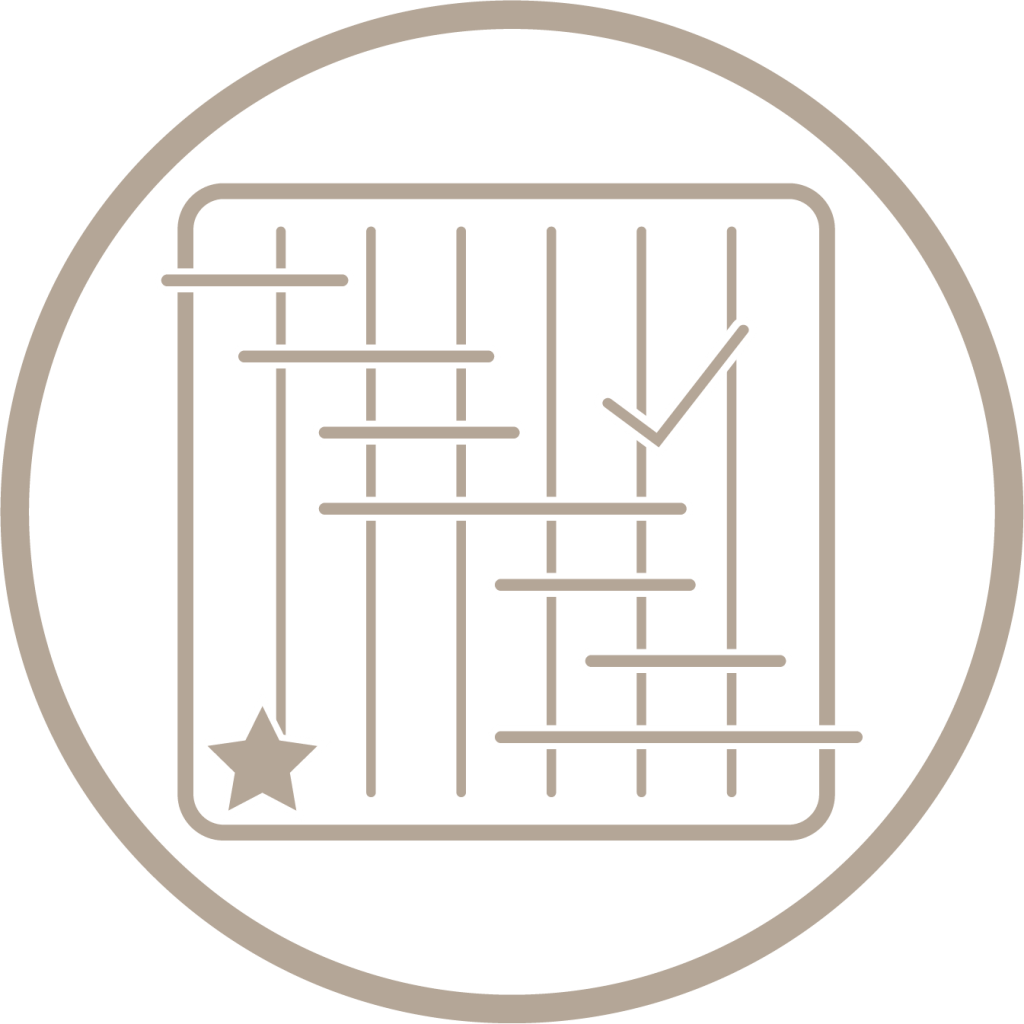Supercharge your change initiative
By Mark Vincent
Share

As any athlete will tell you, good to great is about the details. It’s about applying the latest science, testing and measuring and striving for marginal gains that, when applied over time, lead to the improvements that get noticed. The ones that leave a positive legacy you can be proud of. Those that win awards and rapidly advance careers.
Accelerating business change and increasing the agility of an organisation is no different. It’s science, it’s readily available and it’s well proven. There are plenty of case studies, academic papers and books showing the way (tens of thousands of book titles on Amazon alone!).
The secret of good to great in business change isn’t necessarily about more knowledge, there’s plenty of great wisdom readily available. It’s about gathering the right data, focusing attention, taking action, measuring the effect and then adjusting as needed. Most people have a good sense of what good looks like but experience shows that we tend to fall back into default habits, even though we know it’s not great for us. By measuring the right things we keep focusing on them and then the results come naturally.
The trick is to measure the right things
The best athletes don’t just work hard and hope for the best, they gather data on how they are training. They work smarter, not harder and use the data to constantly evaluate how they can adapt to make those small gains. They measure everything they can and they experiment with different ideas to find out what works. This is what sets the few apart from the many and it’s where excellence comes from.
The typical approach in business is to monitor status reports, RAG ratings, resource usage and budgets. These are all fine and sensible to a point but are also the equivalent of turning up for the race and then measuring the results. In other words it’s too late by then. And you may have also noticed that project and programme managers do NOT want to show up with a red status as it has a tendency to backfire on them. This in turn leads to a tendency to report bad news late, often way too late to do much about it.
So how about measuring those factors that all the science and practical experience continually point to but are either paid little attention or ignored altogether? The factors that lead to the green status reports, the factors that cause changes to move at an accelerated pace, that lead to an increased return on investment? These are the factors underpinning our engagement in a change and engagement is regularly cited in studies as the key to success.
So what are they and how do we measure them?
Put simply, they are mostly emotional and have a lot to do with how we perceive the change, which will be unique for all of us. If you’re interested in more detail you can read more here.
If that feels like a lot to digest then there is an easier way as we’ve done all the hard work for you. Working with the Psychological Sciences team at UWE in Bristol we’ve developed a stakeholder change readiness assessment that specifically tests for these factors and gets you results in minutes. Give it a try, maybe even put yourself in the shoes of one of your more challenging stakeholders and see what it shows you. Of course, we typically we run this across whole teams or groups of stakeholders.
With the right measurement, we can begin to identify and understand potential sources of disengagement and address them. Using the athlete analogy, it’s the equivalent of looking at their training routine, their diet, their mental state, their sleep habits, their rest periods and picking them off one by one. We know that approach works in athletics, in the same way that we know the companies who pay attention to engaging and inspiring their people just happen to be the most successful and most agile on the planet.
It rarely happens by chance and, if it does, it certainly isn’t sustainable.
Get in touch
If you’re not achieving your goals or want get more done in your business, we can help.
Whether it’s supporting you, growing your leadership team or directly helping you to make something happen, contact us on (+44) 0800 612 3548 or click the button below.
Alternatively sign up below to be the first to know about our events and receive free resources and insider tips.
Related content
Robin Sharma – The Monk who Sold his Ferrari
An inspirational fable, full of powerful insights and inspiration for living a life of meaning and abundance.
Reed Hastings – 3 Secrets to Netflix’s Success
In a world where agility and pace are critical to survival, the long term winners will be those who can sustainably unleash creative thinking right across the business. In this excellent TED interview Reed Hastings shows how different, often radical models have been adopted at Netflix, models that challenge to the very core some of our beliefs about how businesses can be run.
Per Espen Stokes – How to Transform Apocalypse Fatigue into Action on Global Warming
Per Espen Stoknes gives some excellent insights on why we resist making the changes needed address the climate emergency (despite the fact that our future depends on it)
The Silent Killer of Change Projects: Fear of Speaking Up
Discover the silent killer derailing your change projects: Fear of speaking up. Learn proactive strategies to foster open communication and avoid costly setbacks.
Change Resistance: How do you know unless you look?
Change resistance can be costly in time and money and increases stress for all concerned. It comes from a lack of emotional connection and the key to addressing it starts with measurement.







